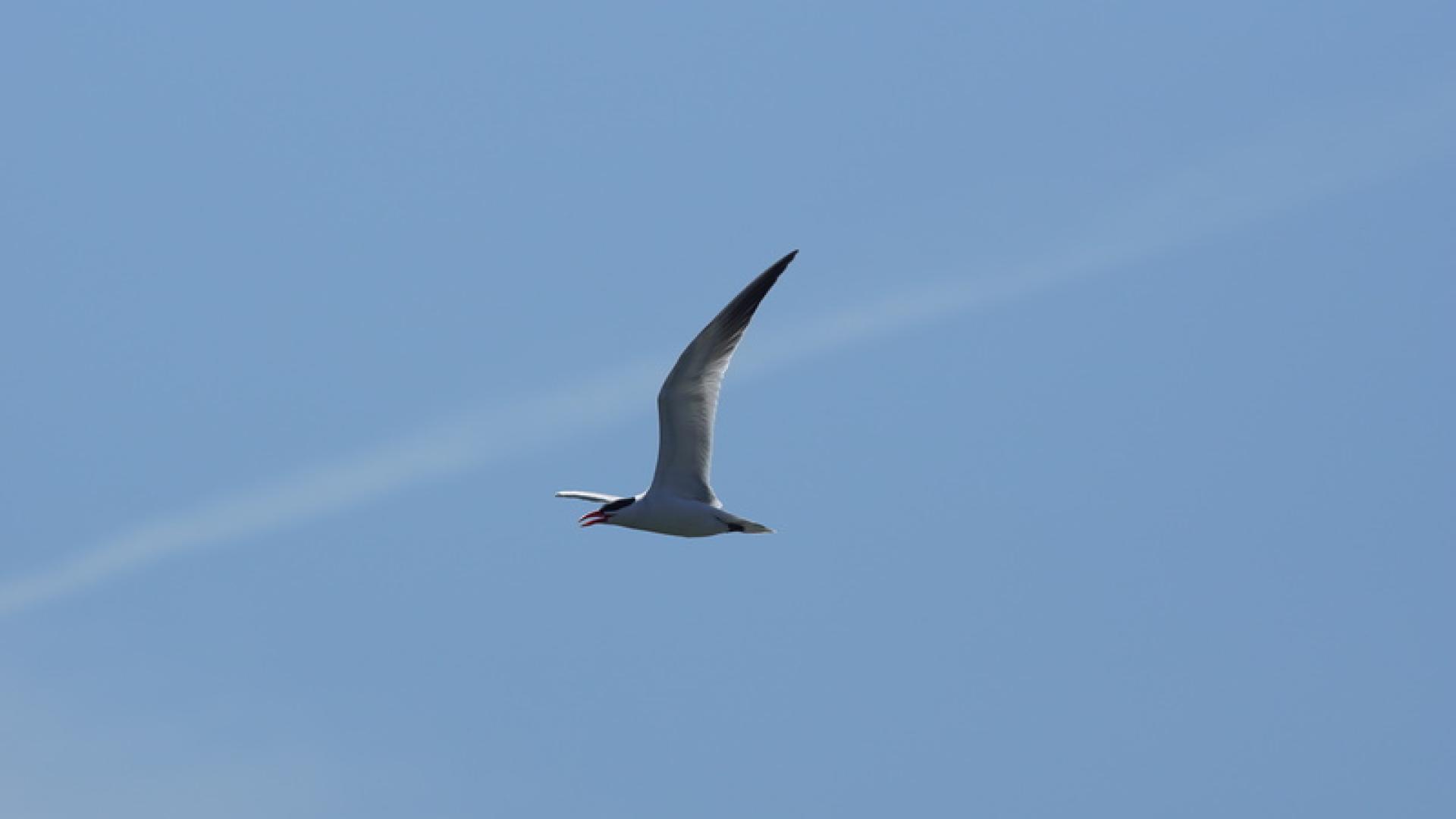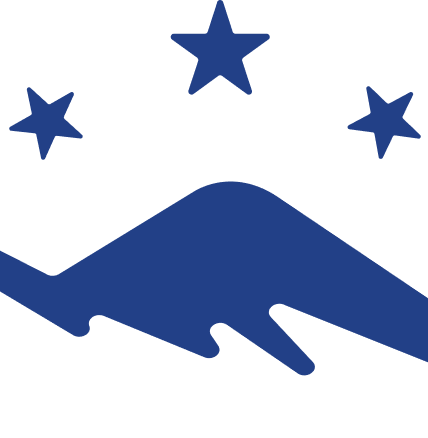A Beautiful Day
With the shifting weather patterns of spring comes a changing diversity of birds — seemingly different every day. In an effort to get lucky and find species of note moving into or through the region, I have been outside as often as I can – mostly walking Wren near our home. But when the forecast looked as splendid as it did for a late-April day, it was time for a trip further afield.
Species of Note
While many locations came to mind, I chose Ausable Point and Ausable Marsh because other folks had found a variety of interesting birds there of late. These have included species like Ruddy Duck, Vesper Sparrow, Fox Sparrow, Palm Warbler, and Eastern Screech Owl. As it turned out, it appeared a lot of people got the memo that Ausable can be pretty great — the place was packed with fishermen, dog walkers, and other folks out enjoying the amazing day. And while crowds are seldom helpful in amassing a long list of birds, we still had some success.
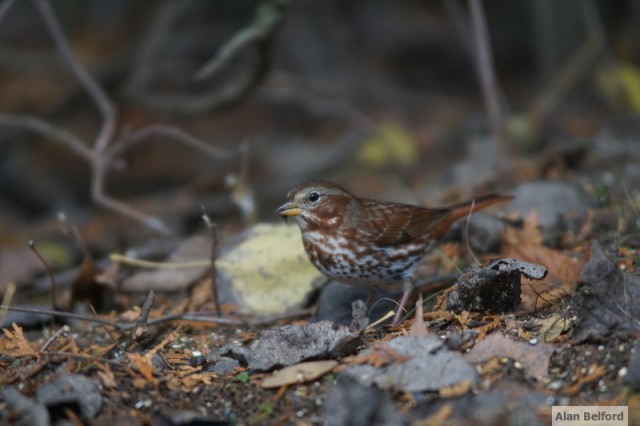
The marsh (part of Ausable Marsh Wildlife Management Area) along the campground road was flooded – the water perhaps higher than I’ve ever seen it – and I stopped in a few places to scan through the sun glinting off the bouncing surface. In this way I found a collection of waterfowl including a pair of Wood Ducks, a bunch of Ring-necked Ducks, and a lone Gadwall. There were also sparrows in the hedgerows along the road, and while I didn’t find anything unusual, a little time spent there could pull out an odd species from the White-throated, Song, and Swamp Sparrows, and Dark-eyed Juncos. After all, we often must find the common species before we can find the unusual species mixed in with them.
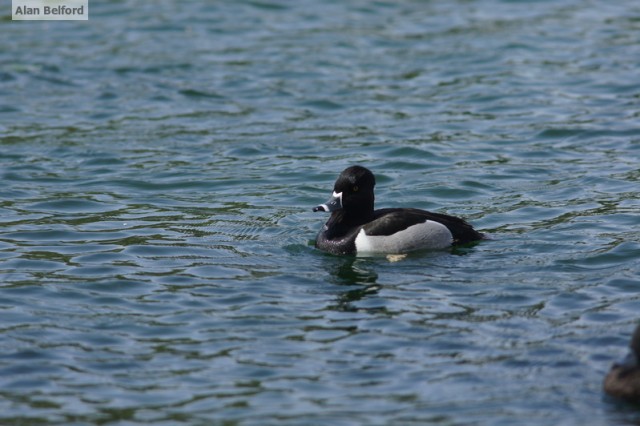
I also came across a few Yellow-rumped Warblers – they’ve been on the move through the region for the past week and a half or so. They are harbingers of what is to come as more and more warblers will be arriving in the coming days and weeks. As Wren and I began to walk around the campground and Ausable Point, we also heard a singing Pine Warbler, giving us two early-arriving warbler species on our visit. Other songbirds along the point included species such as Black-capped Chickadee, Chipping Sparrow, and White and Red-breasted Nuthatches, as well as scattered Ruby-crowned Kinglets on their way north. I love Ruby-crowneds because they are so spunky and because they offer one of my favorite songs to the early spring sun, and we paused to listen and watch them flit around the cedars.
Scanning Champlain
Even with this distraction, Wren and I had our minds set on getting to the beach at the point which was largely buried under the waves of Champlain’s high waters. But there was still a place for me to stand and scan, and there was plenty of sand for Wren to dig in. And so she entertained herself while I scoped the rolling waters. A fairly strong wind from the south had given me hope that perhaps we might find some ducks moving north along the lake. I was waiting to meet a friend (I had only thought to call her to meet us a short time before arriving at Ausable), so I let Wren play as I kept watch over the lake for a spell. I found some Bufflehead, Common Goldeneye, Double-crested Cormorants, a Bald Eagle, and Ring-billed and Herring Gulls on the lake, but there wasn’t much of a movement of birds heading north. That’s the luck of birding, and we eventually turned to leave, meeting my friend as she arrived.
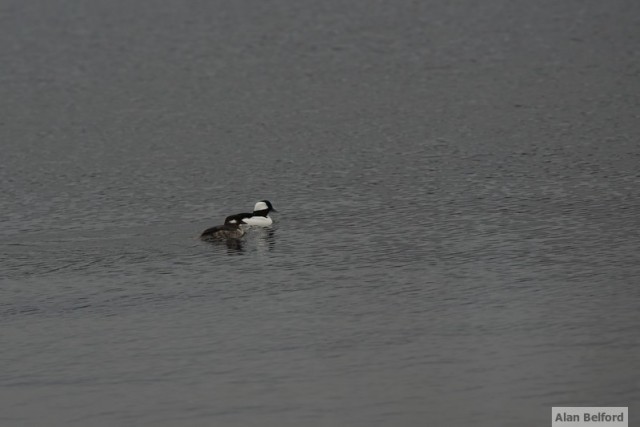
We worked our way back out of the campground and along the marsh, stopping again to see the Ring-necked Ducks and Gadwall, and finding a Pied-billed Grebe, Caspian Tern, and a Great Black-backed Gull in the process. We then headed north along the lake – stopping and finding similar species in a few places – before ending at Point Au Roche State Park. By that point in the day many woodland species were fairly quiet, but the small marsh in the park offered us Wood Ducks, a Swamp Sparrow, Red-winged Blackbirds, and a Belted Kingfisher, and we walked along the roads briefly for migrant sparrows before heading out and finding a Ruffed Grouse as we did.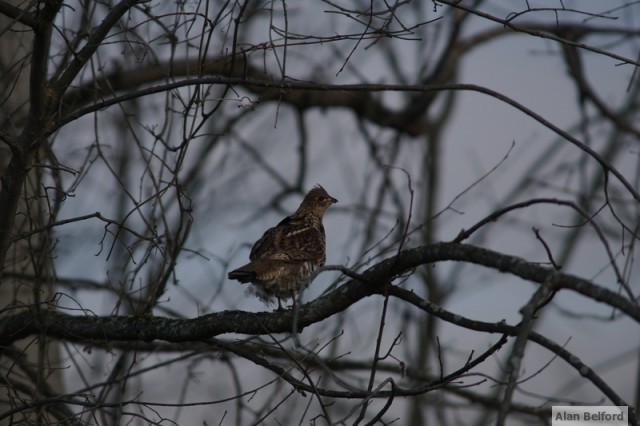
And while we didn’t find any unusual species on our trip, we had seen a nice assortment of early spring birds. Not only that, as I drove home later I realized that we had neglected to check out the fields along Moffit Road near Cumberland Head – they’ve been flooded of late and flooded fields often attract species of interest – such as dabbling ducks and shorebirds. After all, since the species composition always seems to be changing during the spring, a site like that is always worth a stop. And that’s the beauty of spring birding – the mix of migrant and arriving birds with lingering winter species keeps birders on their toes and it constantly convinces this birder to head out in search of them. After all, you never know what you’re going to find.
Spring birding in the North Country and the Lake Champlain Region is great – plan your trip today with our dining and lodging pages!

